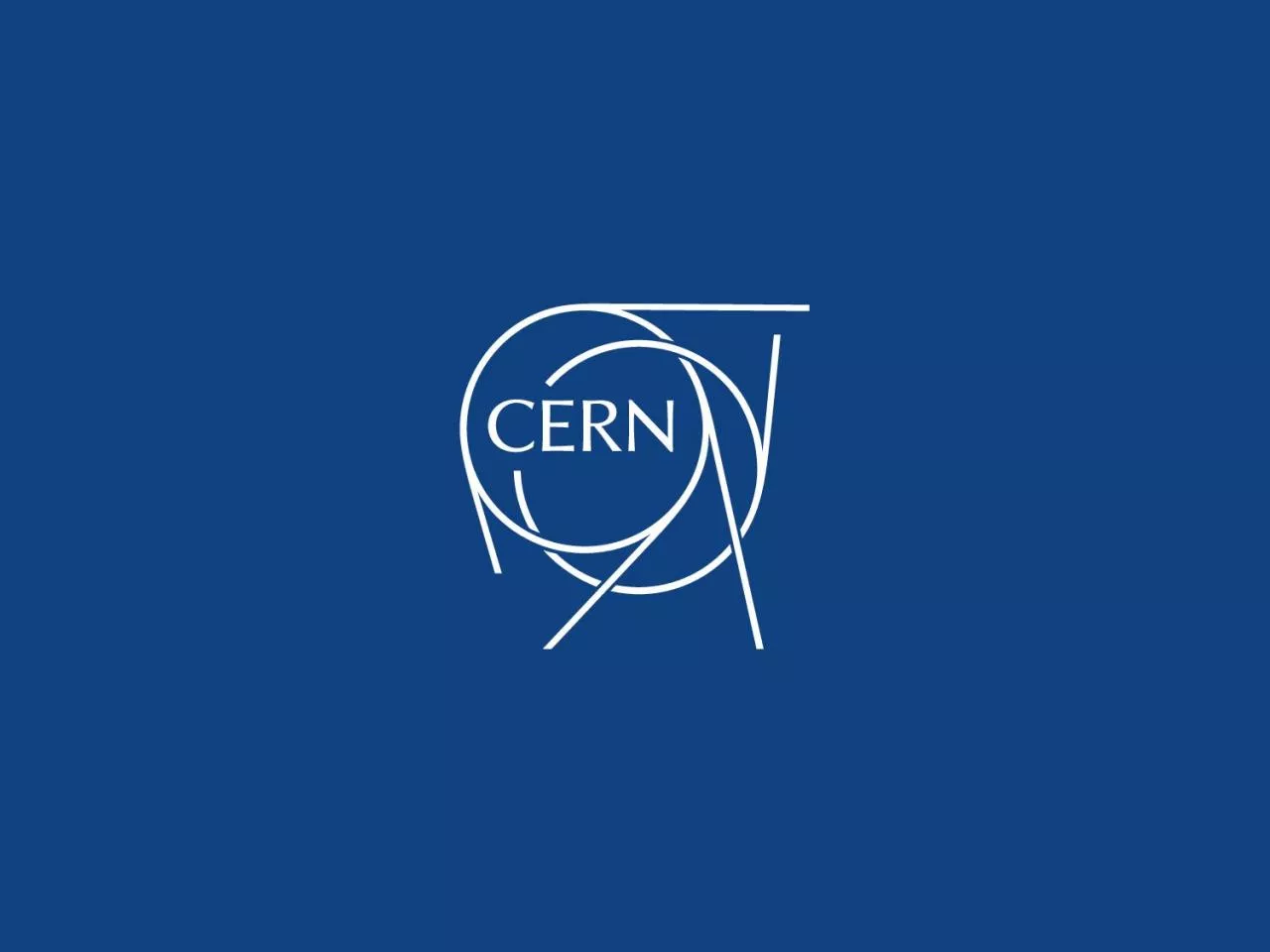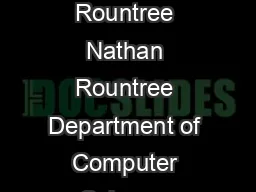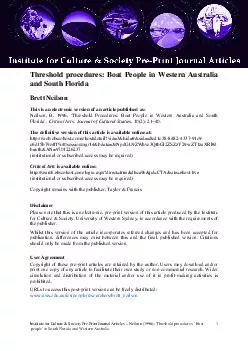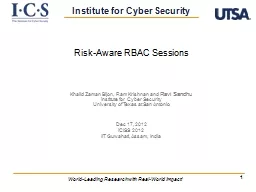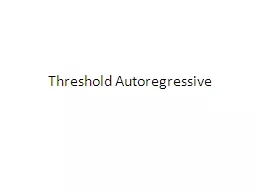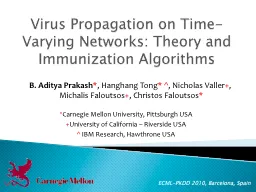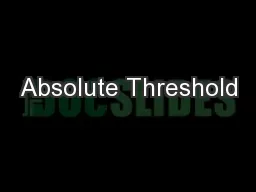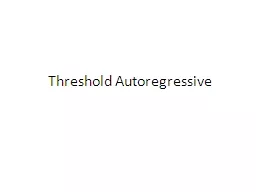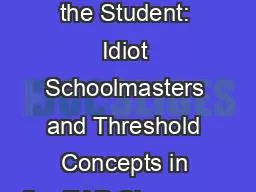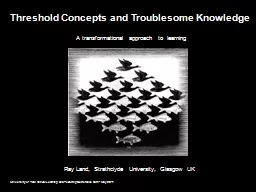PDF-Threshold Changes
Author : emily | Published Date : 2021-08-15
BLM Related to Multiple UFOs MUFOs B Auchmann A Lechnerfor BLMTWGMPP 24 April 2015Summary of loss events observed in 15R8 Beam 2 34232015A Lechner65 TeV450 GeVInjectionLocalization
Presentation Embed Code
Download Presentation
Download Presentation The PPT/PDF document "Threshold Changes" is the property of its rightful owner. Permission is granted to download and print the materials on this website for personal, non-commercial use only, and to display it on your personal computer provided you do not modify the materials and that you retain all copyright notices contained in the materials. By downloading content from our website, you accept the terms of this agreement.
Threshold Changes: Transcript
Download Rules Of Document
"Threshold Changes"The content belongs to its owner. You may download and print it for personal use, without modification, and keep all copyright notices. By downloading, you agree to these terms.
Related Documents

